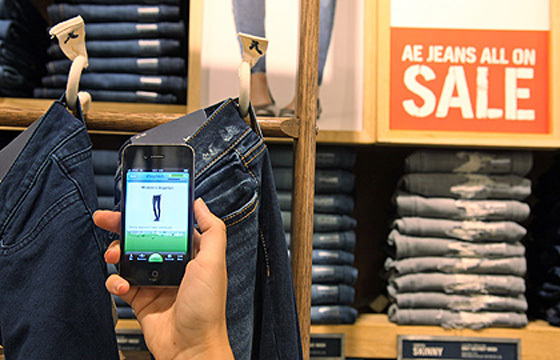Simply put, beacons are yet another tool marketers can use to reach consumers via mobile. But it doesn’t stop with marketing. Businesses in industries of all likes are employing beacon technology to work for them. Here are 6 quick applications of beacon technology before we dive deeper:
1. In retail, they can be used to share discounts or coupons with you when you enter the store.
2. They can be used in museums to alert and inform you of the closest display.
3. They can be used by airlines in airports to pull up your mobile boarding pass when you get closer to the gate.
4. Hotels can use them to replace hotel room keys.
5. Stadiums can use them to reach out to their audience and offer them seat upgrades.
6. And in the B2B world, you can expect to see these popping up at trade shows and conferences.
But… what are they?
Beacons, or iBeacon (termed by Apple), simply put, are a class of Bluetooth low energy devices.
![]() Huh?
Huh?
A Bluetooth low energy is a wireless personal area network technology that is comparative to Bluetooth Classic, except for that it provides a reduced power consumption and cost, while maintaining a similar communication range.
Basically, Beacon’s are the enabling technology that will alert an app when you enter a specific, Beacon-activated location.
Many industries can benefit from implementing beacons – however, let’s use retail as an example. In the fall of 2014, Macy’s implemented the retail industry’s largest beacon installation, which allows them to communicate with the shopper via mobile as they enter the store, with personalized department-level deals, discounts, recommendations and rewards.
Alright, what do these things look like?
The beacons themselves are small, Bluetooth transmitters. Apps that are installed on your iPhone listen for the signal sent out by these beacons, and respond when the phone comes into range.
Here’s an infographic, courtesy of Gigaom, to help break it down even MORE:
The possibilities are endless. We can make it easy. Contact us today to learn more about how we can help you implement beacon technology into your next project!

![BLE-vs-NFC-infographic[1]](https://www.structuralgraphics.com/blog/wp-content/uploads/2016/03/BLE-vs-NFC-infographic1.jpg)
